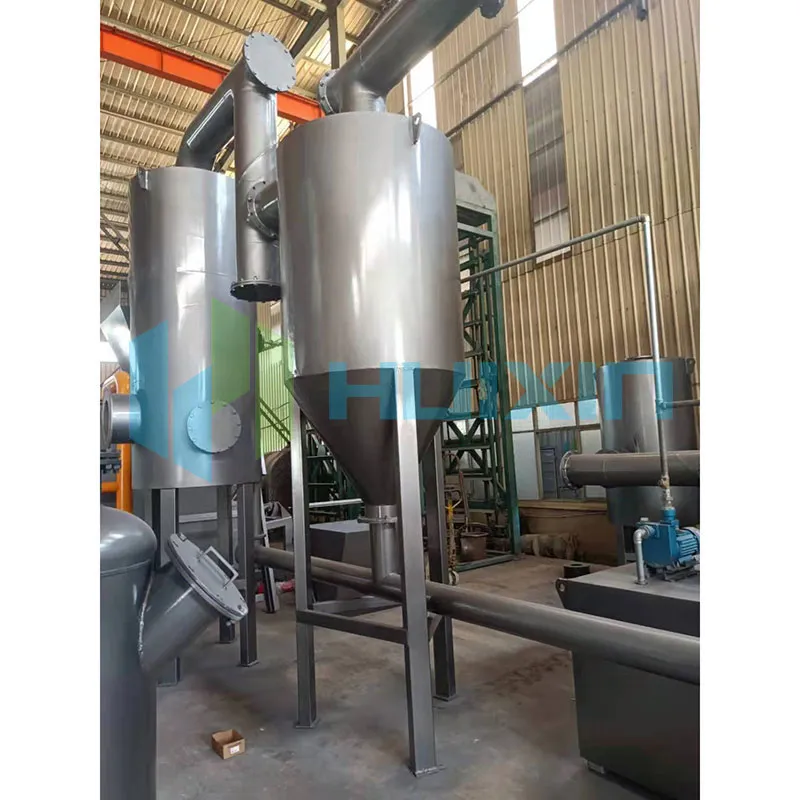How Cyclonic Dust Collectors Revolutionize Industrial Dust Management
2024-11-19
Dust control is a critical component of any industrial operation. From ensuring employee safety to maintaining equipment longevity, managing airborne particulates is essential for operational success. One technology that has dramatically improved dust management efficiency is the cyclonic dust collector. Let’s dive into how this innovative system works and why it’s a game-changer for industries.
The Science Behind Cyclonic Dust Collectors
Cyclonic dust collectors utilize centrifugal force to separate dust and debris from the air. Here’s how it operates:
1. Air Entry: Dust-laden air enters the collector at high speed through a tangential inlet.
2. Cyclone Action: The air spirals downward in a vortex, creating centrifugal force.
3. Particle Separation: Heavier particles are flung to the chamber walls and slide into a collection bin.
4. Clean Air Exit: Lighter particles and cleaned air exit through the top outlet.
This process is highly effective, especially for larger particulate matter, making cyclonic dust collectors a preferred choice in many industries.
Key Benefits of Cyclonic Dust Collectors
1. Reduced Filter Dependency:
- Pre-filters the air, capturing larger particles before they reach finer filters.
- Extends the lifespan of HEPA or other secondary filters.
2. Low Operating Costs:
- Minimal maintenance requirements due to the lack of moving parts.
- Long-lasting materials reduce replacement frequency.
3. Versatile Applications:
- Handles a wide range of materials, from wood chips to fine powders.
- Effective across various industrial processes, including woodworking, metal grinding, and food production.
Applications in Modern Industries
- Woodworking and Carpentry:
Cyclonic dust collectors effectively manage sawdust and chips, ensuring clean air and preventing fire hazards.
- Manufacturing:
Removes abrasive particulates generated during cutting, sanding, or polishing processes.
- Chemical and Pharmaceutical Industries:
Helps control fine powders, maintaining hygiene and preventing cross-contamination.
- Agriculture:
Mitigates risks from grain dust during milling and storage operations.
Optimizing Performance
For maximum efficiency, businesses should:
- Choose a collector sized appropriately for their dust load and airflow needs.
- Regularly empty collection bins to prevent overflow.
- Pair cyclonic collectors with additional filtration systems for ultra-fine particles.
Investing in a cyclonic dust collector is a step toward safer, cleaner, and more efficient industrial operations. Its simple yet powerful design ensures reliability, making it a cornerstone of modern dust management systems.



